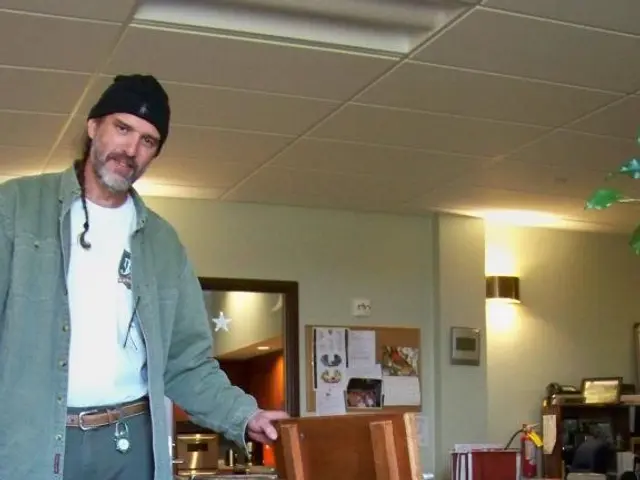Schools in Lombard adopt photocatalytic paints and sensors for improved air quality.
The Breathing School project, an initiative launched in Lombardy, Italy, is revolutionizing the way schools approach air quality management. By integrating photocatalytic paints and air quality monitoring systems, the project aims to create air-purifying school environments that safeguard the health and cognitive development of over 1.3 million students.
At the heart of the project are **photocatalytic paints**, a type of special paint that uses photocatalysis to break down harmful airborne pollutants such as nitrogen oxides (NOx), volatile organic compounds (VOCs), and particulate matter when exposed to light. These paints, containing substances like titanium dioxide, catalyze chemical reactions that convert pollutants into less harmful substances, continuously improving air quality in classrooms and common areas.
Accompanying the photocatalytic paints are **air quality monitoring systems** that track indoor air pollutants, carbon dioxide levels, and environmental conditions in real-time. These systems provide data to inform ventilation strategies and alert school staff to take corrective action when air quality declines, ensuring optimal air exchange and pollutant removal.
The combination of these technologies results in improved **ventilation and filtration effects**, reducing harmful particulate matter and gases known to exacerbate respiratory conditions such as asthma and impair cognitive function in children. Cleaner, better-monitored air in schools protects children's developing lungs and brains, improving health outcomes and cognitive performance.
The Breathing School project aligns with evidence showing that improved air quality in schools leads to better respiratory health in children, fewer asthma attacks, and enhanced neurodevelopment. It also supports cognitive benefits, as classrooms with better ventilation and lower CO2 levels have shown improved attention and learning outcomes.
The project, ongoing for five years since the application of the technology at the Gonzaga Institute in Milan, is a collaborative effort between REair and EdiliziaAcrobatica Spa. The first schools to join the challenge will be considered strategic partners and rewarded with exclusive conditions, including the free supply of breathable interior wall paint.
This innovative approach to creating healthier school environments is one of the most effective preventive measures to avoid health effects, according to Raffaella Moro, CEO of REair. The project is currently being implemented in nearly 8,000 schools across Lombardy, marking a significant step towards ensuring a cleaner and healthier future for the region's students.
Through the utilization of photocatalytic paints and air quality monitoring systems, the Breathing School project strives to enhance the learning environment by ensuring better air quality, which not only safeguards the health of over 1.3 million students but also bolsters their cognitive development and educational outcomes. This mutual combination of technologies in schools serves as an effective strategy for promoting environmental-science education and self-development by fostering a healthier and more conducive learning atmosphere.




